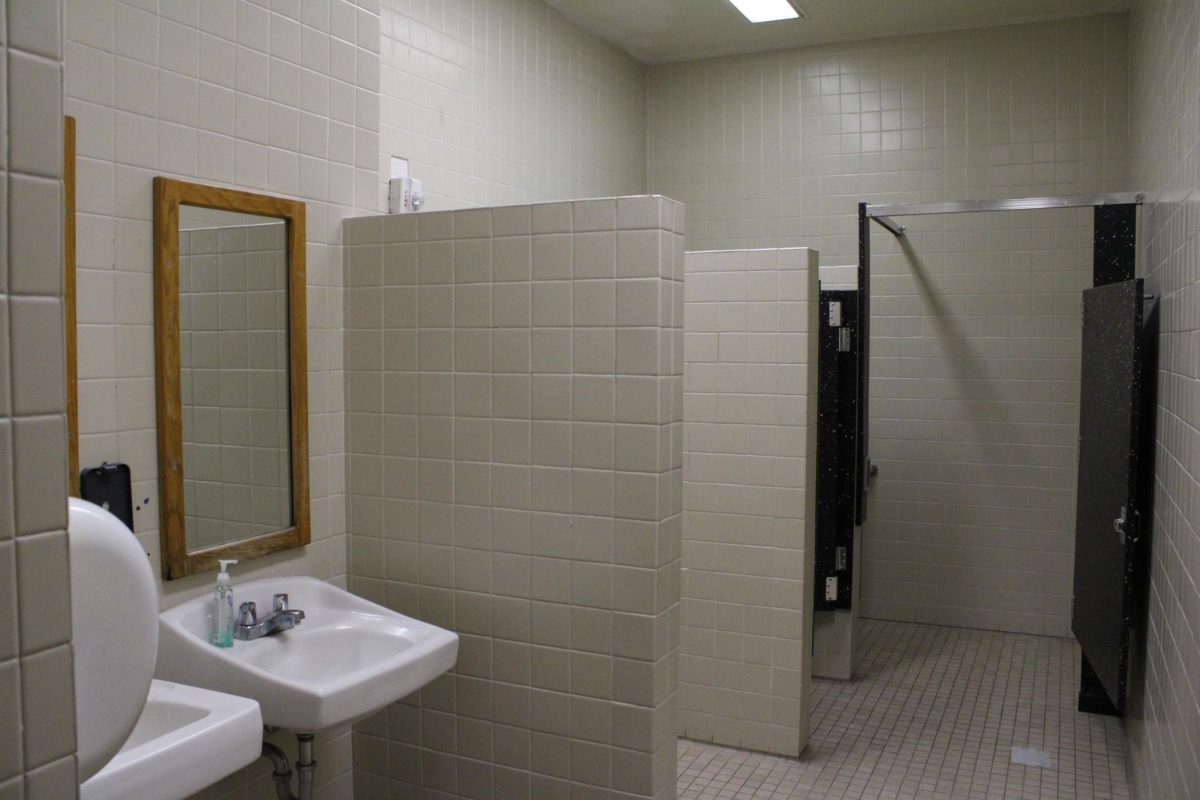The ACT and SAT are known as tests that prove a student’s college readiness based on categories like science, math, English and reading. These tests, which are usually taken by juniors in the spring, are not adequate ways to measure a student’s capabilities in the classroom.
Many students are not strong standardized test takers, myself included. It is a time full of stress and overthinking where everything that students have learned since freshman year is put into one test, and they are expected to remember it all.
Not to mention that the tests are supposed to be a way to compare students all over the country to each other and create a standard. What is not considered when creating that standard is that schools all over the country have different timelines in which they teach different subjects.
When taking the ACT or SAT, some students might have advantages over others due to learning curriculums and different material at various times. Certain students also have access to prep courses, creating an unlevel playing field for other students. This causes challenges in an accurate nationwide standard.
The United States’s national standard must be determined in some way because it has been found, especially recently, that in some cities and states, it can be easier to earn an A versus others where it can be more challenging. This causes the letter reports or transcripts that you send to colleges not to hold as much weight as they used to across the country.
Throughout elementary and middle school in Nebraska, students, including all public school students, would take the NSCAS and the MAP tests. These standardized tests in mathematics and English language are taken annually in grades three through eight and once during high school, per the U.S. News and World Report.
Why don’t we continue those standardized tests in place of the ACT and SAT? While they were a dreaded week for students, they were customized to what the students were learning in that grade level and provided more real-time data on how students were learning that year.
Annual standardized testing would show the learning rate from freshman to senior year. After the final test senior year, the scores from the student’s entire high school years would be combined for an average, essentially their ACT score. It would be an ACT, but for the grade you just completed rather than one test in your third year of high school.
While some states teach different content at different times, this new method would enable states to curate tests to what the students are or have learned that year. This would allow students nationwide to be set up for success.
Doing the yearly standardized testing would decrease the amount of stress and anxiety students feel toward their scores.
The ACT is cumulative material of over three years that students are expected to recall, some of which they may not have learned yet due to their school’s curriculum. Yearly testing would enable students to feel more confident in themselves as the test is curated to what they have learned in that school year.
Additionally, their future would not be set on that one score. Since students would take it for four years, if they don’t do well on one of them, their test score isn’t completely trashed.
Overall, implementing a yearly standardized testing regimen versus a singular junior year standardized test would reduce anxiety and be more likely to improve scores among students while still being able to get a national standard.
The ACT and SAT aren’t accurate ways to prove a student’s capabilities, but yearly testing can be.



















